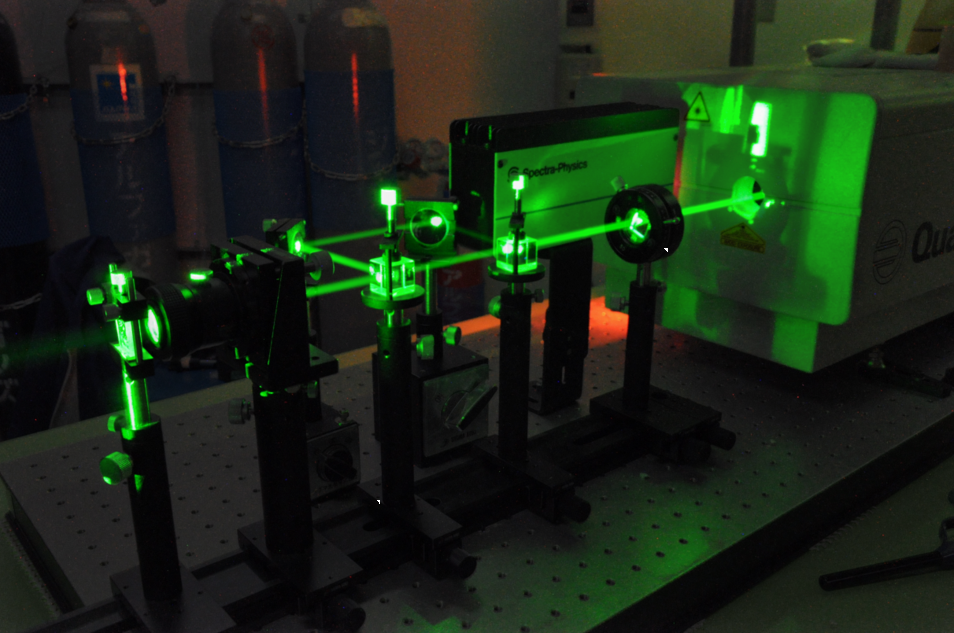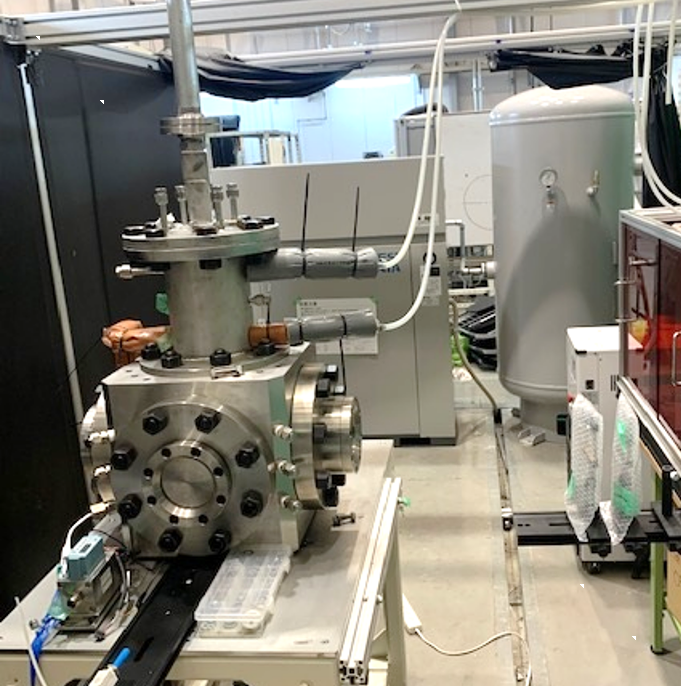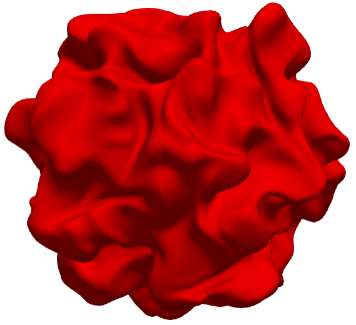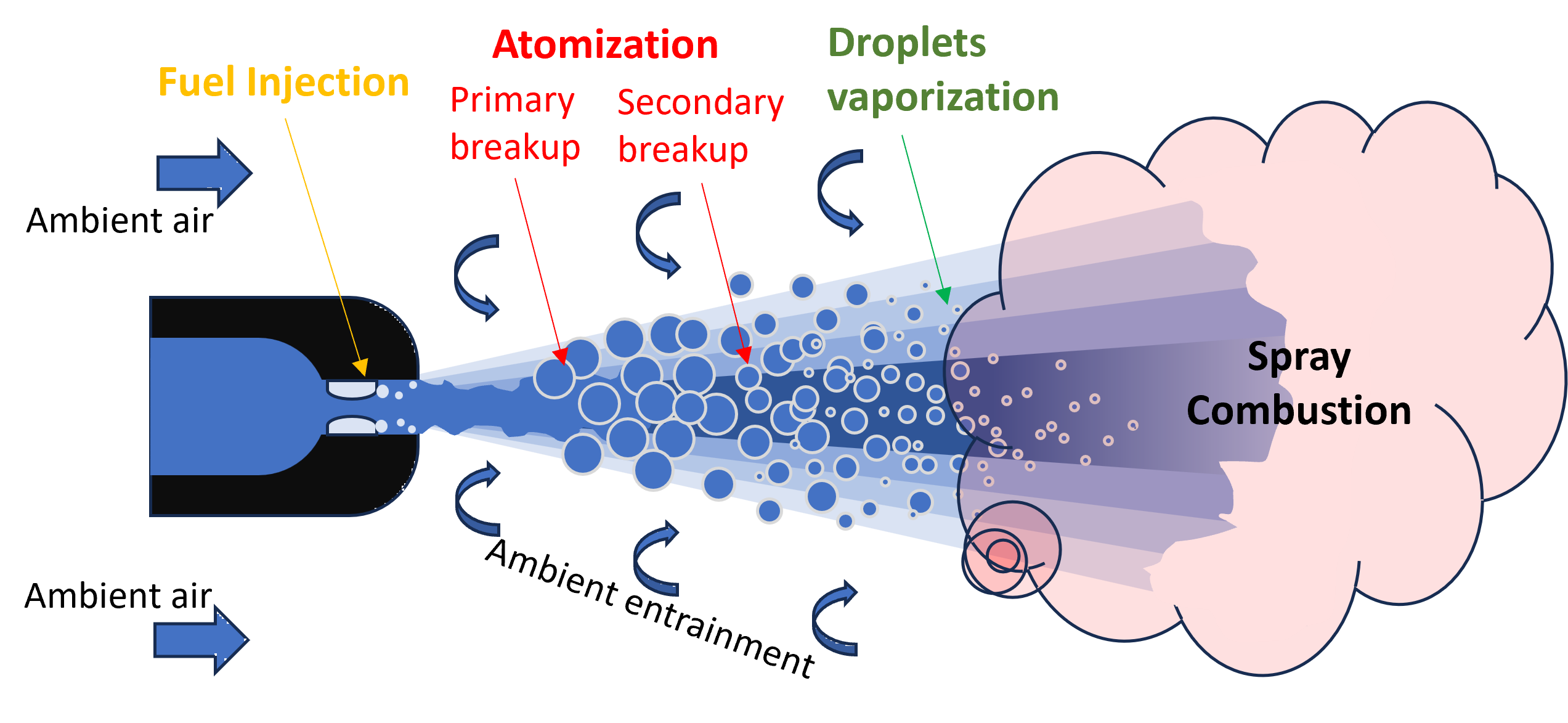
Laser diagnostics

Single cylinder SI engine

Constsant volume combustion chamber

High pressure burner test rig
Combustion involves the reaction of chemical species at high temperatures. Accurate modelling of these chemical processes are important in explaining various combustion phenonema such as ignition, flame propagation and extinction, as well as emission formation. We are intereted in the development and optimization of chemical kinetics models for new fuels such as ammonia and its blends.
Click here for the detailed or reduced kinetics models by Dr.Okafor.
We investigate the characteristics of spherically propagating premixed laminar flames, such as the burning velocity and the response to flame stretch rate, etc. These laminar flame characteristics are important fundamental parameters in the study of combustion in IC engines. Measured values of the laminar burning velocity are also important for optimizing and validating chemical kinetics models.

Turbulent combustion occurs in most combustion systems such as in automobile engines, gas turbines and industrial burners. The interaction between turbulence and flames is a very interesting phenomenon, and its understanding is crucial to the development and improvement of combustion systems. We are investigating the effects of turbulent flow and fuel characteristics on turbulent flames by experiments and numerical simulations.
Burner-stabilized flames
Flame stabilization and the control of emissions such as NO, N2O and NH3, etc. are important challenges in the application of ammonia as a fuel. We conduct experiments at elavated pressures and temperatures using model burners to investigate flame stability, and emissions formation and control in burners for gas turbines and industrial furnaces. We also conduct numerical modelling to advance our understanding of experimental observations.

Spray characterization and combustion
In most combustion applications, it is more desirable to supply the fuel to the combustor in liquid phase than in gaseous phase because of the higher energy density of liquids. Consequently, it is important to understand the processes of liquid spray formation and combustion, which affect combustion efficiency, and emissions formation. We are interested in liquid ammonia spray characterization and combustion.
Soot formation in premixed flames
Gasoline engines are increasingly adopting direct injection for higher efficiency. In direct injection, the generation and emission of particulate matter due to combustion of unevaporated droplets, liquid film on the wall, and heterogeneous mixtures are problematic. In this study, we investigate the formation of particulate matter from premixed flames to better understand the phenomenon in engines.
